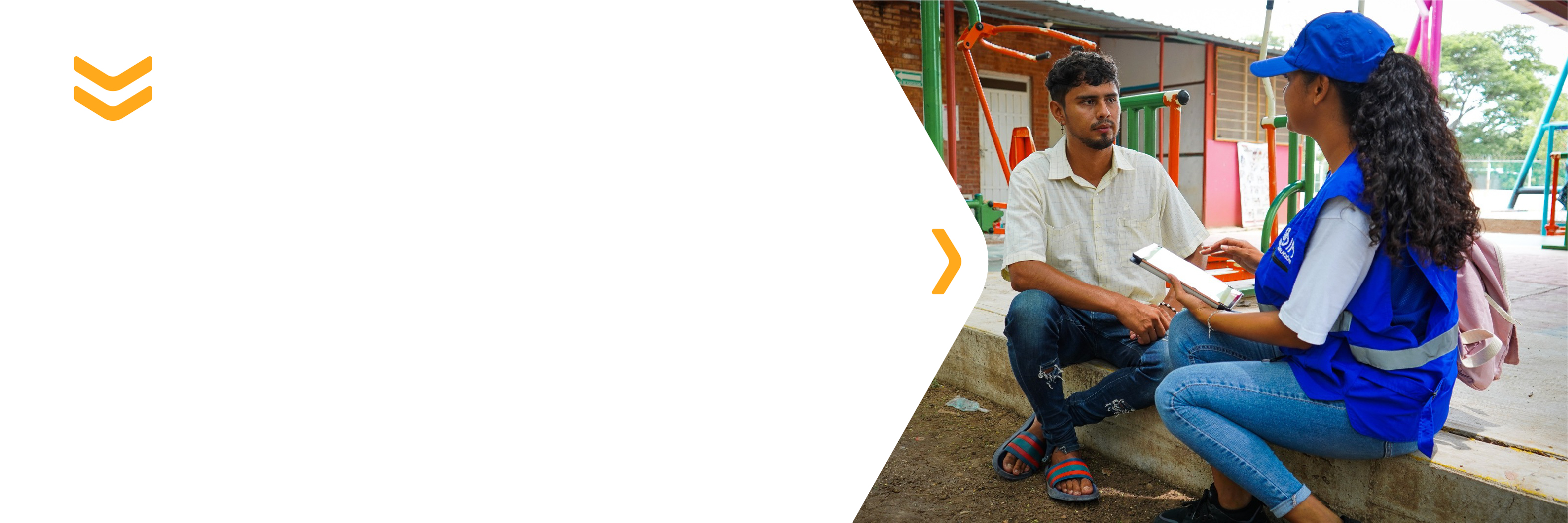The management of migration data contributes to evidence-based decision making through research, knowledge generation and the production of timely, high quality analytical reports, infographics and maps. It informs the Western Hemisphere Program on migratory trends, migrant’s characteristics and vulnerabilities, and contributes to the development of data-driven solutions for an improved, humane and human rights-based migration governance.
The documents in this section contain updated migration data in the region.
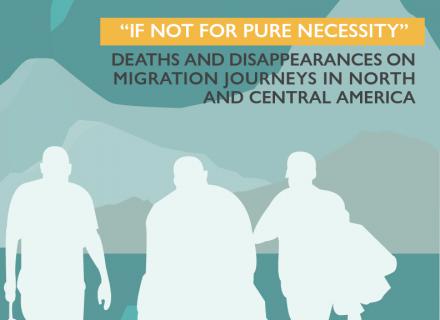
If Not for Pure Necessity. Deaths and disappearances on migration journeys in North and Central America.
The report discusses the risks on routes across Central and North America, including the United States of America-Mexico border crossings, routes through Mexico, the Darien Gap and migration from and within the Caribbean.
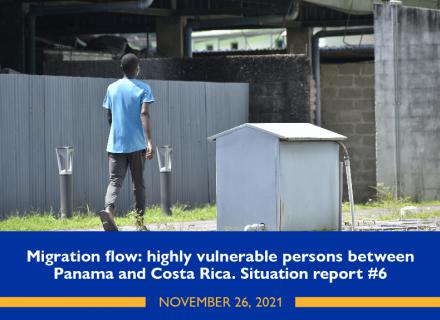
Paso Canoas border. Migration flow: highly vulnerable persons between Panama and Costa Rica. Situation report #6. November 26, 2021.
It is known that from November 16 to 25, 2,355 migrants were registered leaving the MRS of Los Planes bound for Costa Rica. Key informants indicate that the current migration flow identified in Paso Canoas and surrounding host communities has been represented by people from Haiti, Cuba, Bangladesh and India.
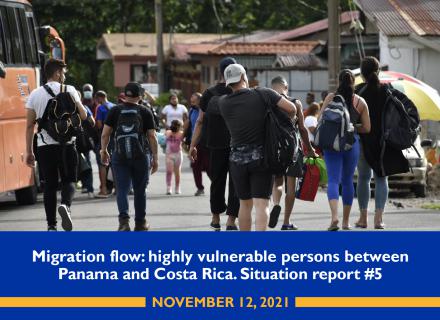
Paso Canoas border. Migration flow: highly vulnerable persons between Panama and Costa Rica. Situation report #5. November 12, 2021.
The migration flow of extraregional mirants transiting through Central America en route to North America, continues to increase. In Panama, according to data from the National Migration Service (SNM), between January and October 2021, 121.737 migrants of variosus nationalities, such as Haiti (62%), Cuba (13%), Chile (8%), Brazil (7%), the Bolivarian Republic of Venezuela (2%) and other countries in South America, Asia and Africa, have entered Panama irregularly at the border with Colombia. People identified as nationals of Chile and Brazil are children of Haitian migrants born in those countries.
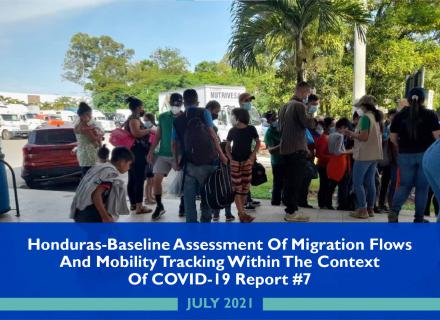
Honduras-Baseline Assessment Of Migration Flows And Mobility Tracking Within The Context Of COVID-19 Report #7 (July, 2021)
Honduran nationals continue to position themselves as one of the main outgoing migration flows. The search for better socioeconomic conditions and displacement due to violence continue to be the main reasons for Honduran migration. Particularly, persecution and threats from gangs against men under 17 years of age have intensified, forcing this population to migrate in an irregular manner due to internal displacement.
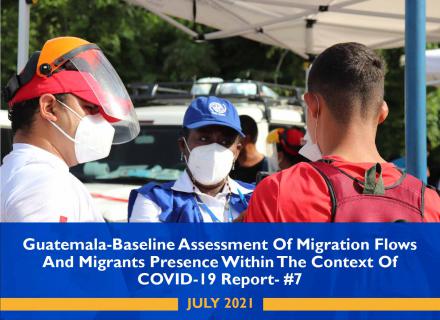
Guatemala-Baseline Assessment Of Migration Flows And Migrants Presence Within The Context Of COVID-19 Report- #7 (July, 2021)
According to key informants, most migrants in transit through Guatemala enter the country through blind crossings at the borders of El Corinto in Izabal, and El Florido and Agua Caliente located in Chiquimula, in small mixed groups of various age groups. These persons transit in an irregular condition, evading migration control posts established by the Guatemalan Government at these borders, which consist of the review of personal identification and proof of the COVID-19 test.
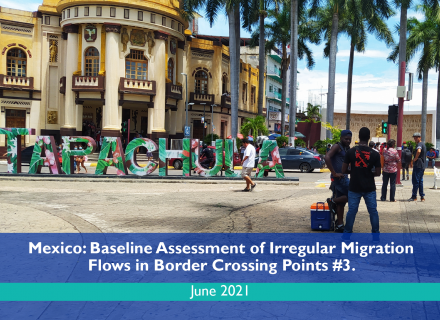
Mexico-Baseline Assessment Of Irregular Migration Flows And Mobility Monitoring In Border Crossing Points Within The Context Of COVID-19 #3 (July, 2021)
The DTM (Displacement Tracking Matrix), through the sub-components ow monitoring and mobility tracking, is a methodology whose purpose is to quantify and analyze trends in migration ows and the presence of migrants in specic locations during a specic period. Data were collected from interviews with strategically selected key informants, which were carried out remotely.
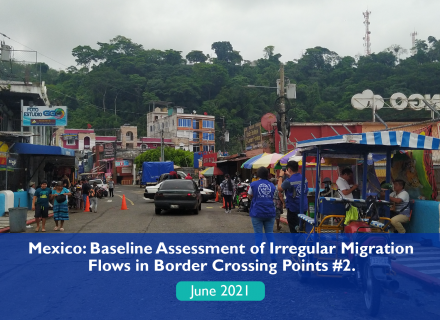
Mexico-Baseline Assessment Of Irregular Migration Flows And Mobility Monitoring In Border Crossing Points Within The Context Of COVID-19 #2 (June, 2021)
According to the Statistical Bulletin of the Migration Policy Unit, in June 2021 Chiapas saw 2,681 events where foreigners were returned by the immigration authority: 1,960 men and 370 women of Central American nationalities. The DTM (Displacement Tracking Matrix), through the sub-components ow monitoring and mobility tracking, is a methodology whose purpose is to quantify and analyze trends in migration ows and the presence of migrants in specic locations during a specic period.
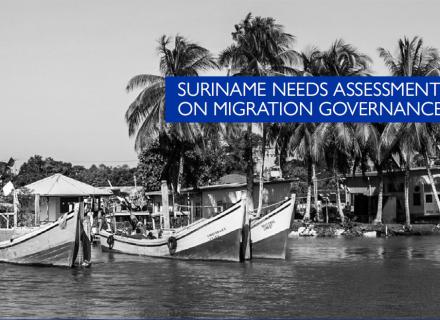
Suriname Needs Assessment on Migration Governance
Migration trends and flows in the Caribbean region have shifted significantly in the last decade, demonstrating the need to create migration governance systems that can adapt and respond effectively for the management of these evolving flows. Suriname faces unique migration flows and challenges while making positive advancements towards improving migration governance and recognizing the benefits migration can provide to its national development. Read here the Dutch-language version of this study.
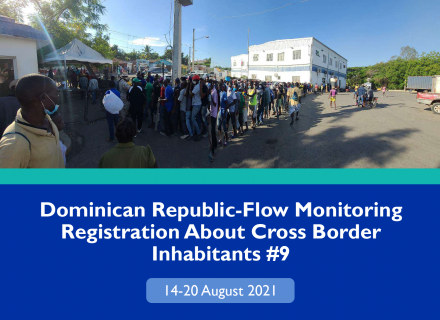
Dominican Republic-Flow Monitoring Registration About Cross Border Inhabitants #9, 14-20 August 2021
This study provides an analysis of trends in the mobility of people, between August 14 and 20, 2021, at four specific border posts: Dajabón, Comendador de Elías Piña, Jimaní and Pedernales. Four data collectors participated, one for each point, to carry out the monitoring and counting of people.
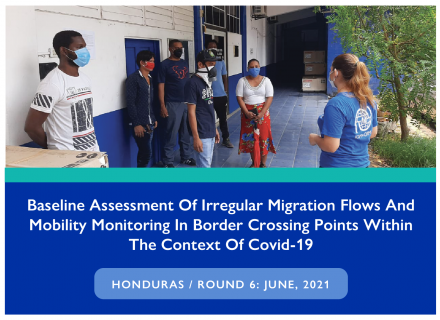
Honduras-Baseline Assessment Of Migration Flows And Mobiity Tracking Within The Context Of COVID-19 Report #6 (June, 2021)
During June 2021, IOM conducted a Baseline Assessment of Irregular Migratory Flows in Honduras. In June 2021, it is highlighted that in Honduras through the Guasaule border, the entry of 3,200 migrants from Haiti, Cuba, Nicaragua and the Bolivarian Republic of Venezuela was detected. These people make up a migratory flow in transit to North America.

